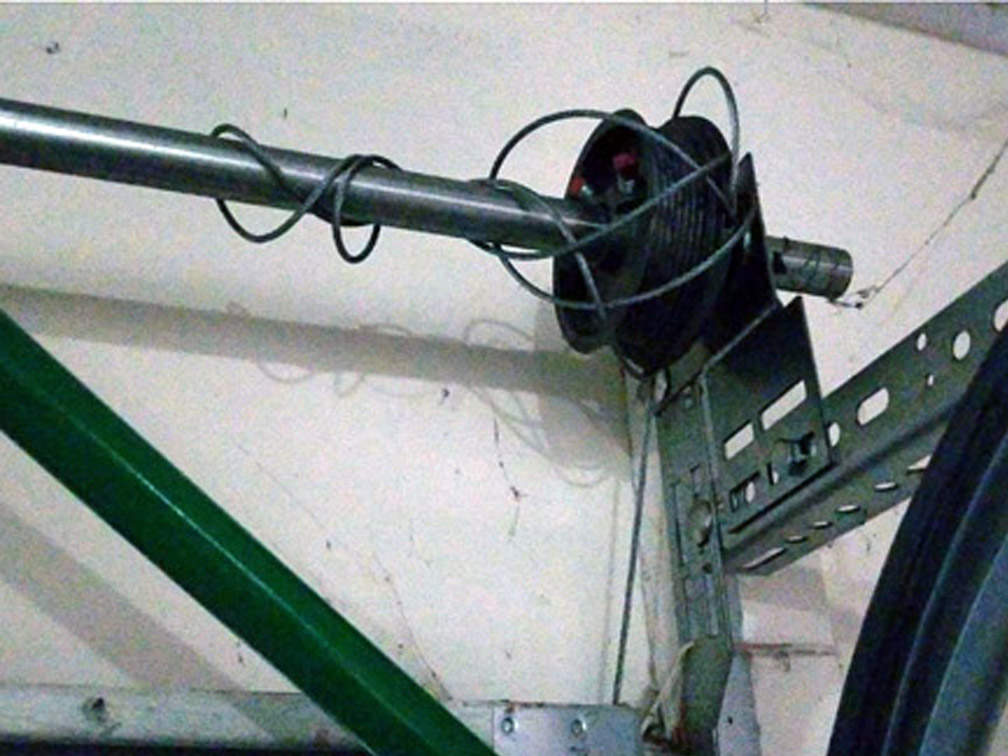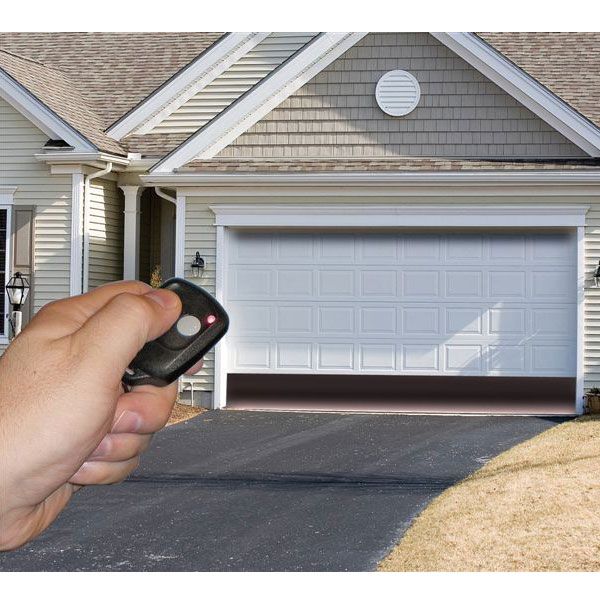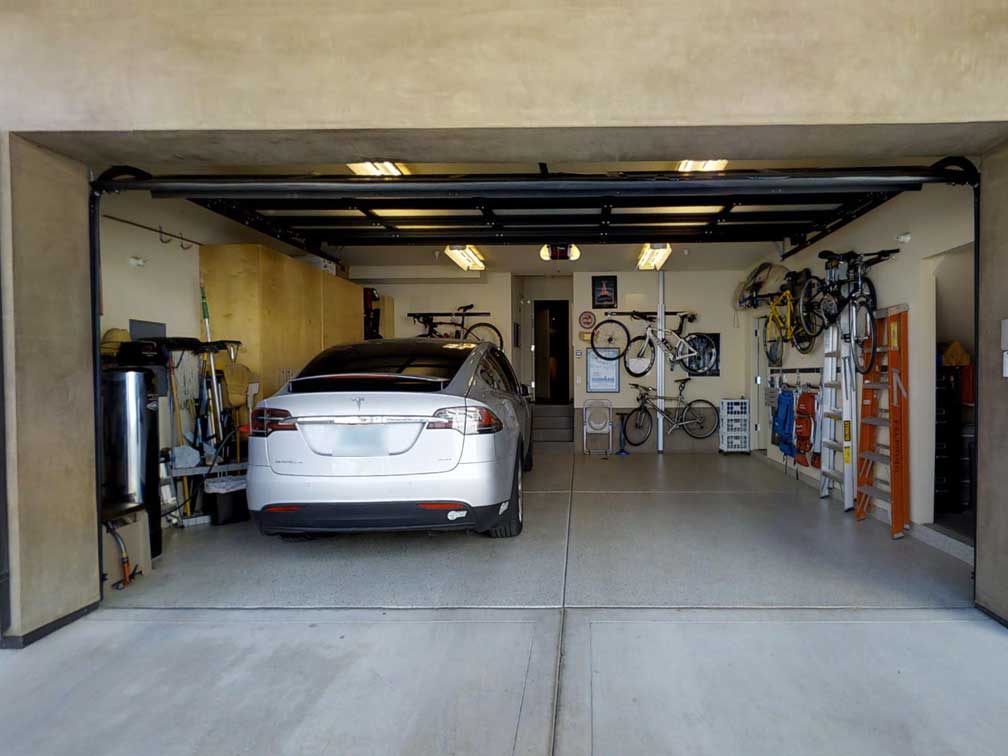Oh No my Cable Broke!
Have you ever tried to lift an old garage door, or a garage door with broken springs? If so, WHAT SHOULD I DO WHEN THE GARAGE DOOR you might still be suffering from back issues. It’s no easy task! If you have a garage, you might go in and out of it several times a day, the garage door rolling up and down over and over. Stop for a second and think about what makes this seemingly mindless contraption work. Your garage door is a complicated machine made up of many working parts, each essential to the smooth, unhindered movement of something so cumbersome. Part of that mechanism involves garage door springs that are under a huge amount of pressure and do the actual lifting of the garage door. Because these springs are under so much tension, if one were to break, it could cause serious damage or injury. Thanks to a heavy cable that runs through the springs, preventing them from recoiling, any danger is limited. However, if that cable was to break, you have a serious potential problem.
There are a few different types of garage door cables, actually, depending on the type of spring system you have. If you have torsion springs in your garage, then there are torsion spring cables that loop at one end and have a crimped stop at the other end. These cables must be secured and wound in a particular way. Some garages have extension springs that run along either side of your garage door, and these springs, of course, require particular extension spring cables. The next types of cables are the safety cables that are used with extension springs, running through the centre of the springs to prevent any damage or injury if the spring were to snap.
Garage door cables are of utmost importance. They are made of metal and are meant to be very strong, but they are also flexible since they are repeatedly pulled and lowered through a pulley system and then wound and unwound around a drum at the top of the garage door as the door opens and closes. Just because they are strong, however, doesn’t mean they are impervious to breaking. A broken or faulty cable could cause your garage door to stop working correctly. Even worse, if one of the springs was to snap and the cable wasn’t in place, the broken spring could fly across the garage and cause a huge amount of damage, maybe even killing someone. You can imagine why it’s important to pay attention to the health of your garage door cables and call a professional if you notice one is damaged or broken.
What can go wrong with your garage door cables?
A few different things can go wrong with garage door cables. For one thing, some cables have been known to get wound around the drum incorrectly so that the door becomes jammed, often drooping on one side, or the door will catch as it is being lowered. Cables have also been known to become completely unwound from the drum and will need to be reconnected. Sometimes the pulleys can get worn out. When this happens, the cable won’t slip through as smoothly, and you’ll again notice that your door becomes stuck or cocked to one side. If this is the case, the pulleys will need to be replaced.
Garage door cables can and do break on occasion. One reason the cable might break is simply age. Cables experience wear and tear just like any other working part. Over time, the cables can weaken and eventually snap. Garage door cables also break because of rust. Rust can corrode the cable, and unless you catch it in time, the rust will have eaten through the cable. Fraying is another problem that causes garage door cables to snap. Picture a rope. Rope is made up of smaller pieces of rope twisted together to make a thicker cord. Garage door cables work the same way. A lot of little wire cables are wound together to make a stronger, thicker cable. If one of these little cables breaks, it could fray the other little cables around it until the whole thing eventually snaps. No matter the cause, a broken cable is a big problem and warrants a call to a certified garage door repairman.
How can you prevent breaking a garage door cable?
If you want to take care of your garage door and do a little preventative maintenance on your garage door cables, you should have a working knowledge of what these components look like. Garage door cables are determined on two things, the weight of the door and how long the cable should be. The heavier your garage door, like one made of wood, the thicker the cable you need. Heavier garage doors obviously need stronger springs, which in turn require a thicker cable. The length of the garage door cable is determined by the kind of spring system you have for your garage door. Since the torsion spring system is only one or two springs at the top of the garage door, this type of spring takes a shorter cable. Extension spring systems require a much longer cable, one that runs from the bottom of the garage door all the way up to the top on both sides. Both cable types wrap around a drum at the top on each side as the garage door opens.
Inspect your garage door cables often for fraying or kinks. Don’t forget to inspect the pulleys as well, as they can get worn out. If you find an area that is frayed, follow the cable’s path to see what could be causing the damage. There might be something sticking out that is damaging the cable, and you can remove the protrusion before it causes further damage. Keeping your cables clean is important to their health, as well. Remove any debris and keep your cables free of lubricants since they can attract dirt and grime, which can eventually cause your cables to stop working properly.
If you find yourself with a broken garage door cable, it’s a good idea to leave your garage door alone until a professional from C and M Garage Doors arrives to fix the issue. Opening and closing a garage door with a broken cable could cause more damage to the door, resulting in a more expensive repair visit. No matter the level of the damage, you should definitely leave it up to a professional to avoid any injury.





